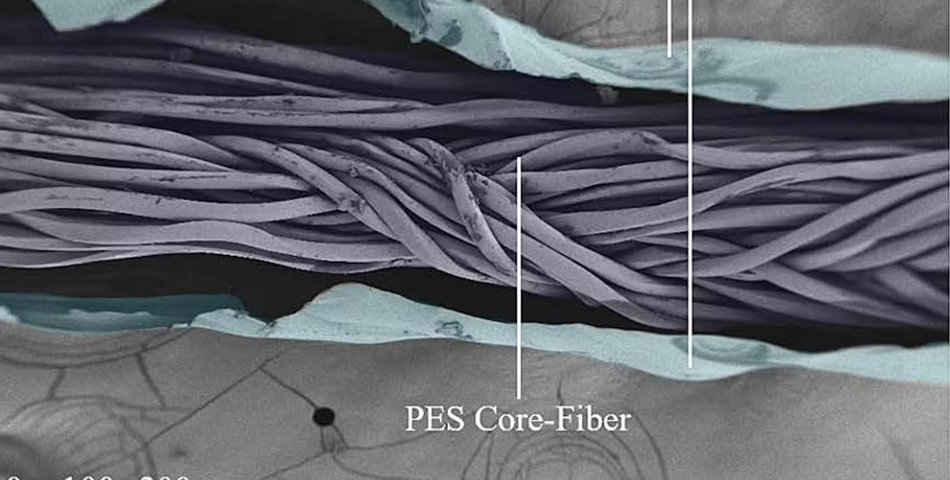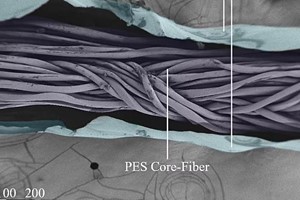Researchers at Drexel University, based in the College of Engineering, have introduced a groundbreaking self-healing system for concrete called 'BioFiber.' This innovative system involves embedding bacteria in concrete, which, when triggered by water, can effectively repair cracks in the material.
The BioFiber system consists of a polymer fiber encased in a bacteria-laden hydrogel with a protective, damage-responsive shell. By incorporating a grid of BioFibers into a concrete structure, the overall durability is improved, preventing cracks from expanding and facilitating a self-healing process, as detailed in their research published in the journal Construction and Building Materials.
Inspired by the self-healing abilities of human skin tissue and the role of vascular systems in natural wound healing, the research team identified a strain of Lysinibacillus sphaericus bacteria as the bio-healing agent for the fiber. This bacteria, commonly found in soil, has the capability to produce a stone-like material that can heal exposed cracks in concrete.
The embedded bacteria serve as a constant reinforcing support agent, lying dormant until a crack penetrates the concrete and breaches the fiber's outer polymer shell. Upon contact with water, the system's hydrogel expands, pushing out of the shell and towards the crack's surface. Activated by carbon and calcium in the concrete, the bacteria then produces calcium carbonate, effectively filling the crack.
Amir Farnam, PhD, an associate professor in the College of Engineering and a leader of the research team, expressed enthusiasm about this development, stating that it is a significant stride in enhancing building materials through nature-inspired solutions. He highlighted the ongoing challenges of aging concrete structures experiencing damage, leading to critical and costly repairs. Farnam emphasized the potential for self-healing concrete to address these issues, drawing parallels to the natural self-healing process in human tissue.
This research follows the footsteps of a team from MIT and Harvard who uncovered the secrets behind ancient Rome's self-healing concrete a year ago. In recent developments, Louisiana State and NASA collaborated to create waterless concrete for 3D printing on the Moon, and ETH Zurich researchers achieved the development of 3D printed insulation foam using recycled materials earlier this month.
By Niall Patrick Walsh













